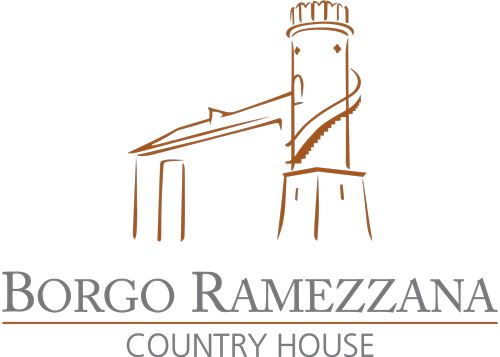





Verrua Savoia preserves the memory of a glorious past in the remains of its fortress. The imposing complex of fortifications witnessed the last siege by the French army in 1704-1705, which wore down the enemy forces and delayed the decisive attack on Turin, thus saving the region from the French. The determination and courage with which the fortress defended itself are still commemorated in the two adjectives used by the Duke of Savoy to define Verrua at the time of the first siege: exigua et celeberrima. The fortress was demolished in 1707. In the Napoleonic and Risorgimento periods, the castle remained as a garrison for disabled soldiers. In 1862 Vittorio Emanuele II added the name Savoia to Verrua, thus recognizing the great merits acquired in the history of Savoy Piedmont. The property later passed from the Provana del Sabbione counts to the Marquises of Invrea. It was the latter who sold it, in 1957, to the Piazza di Trino family who, on 14 April 2008, donated it to the newly established "Eugenio Piazza – Verrua Celeberrima – onlus" Foundation, having as its main objective precisely that of enhancing the site historical-monumental monument of the Rocca di Verrua. Today the Rocca is home to cultural events and tourist promotion.
Verrua Savoia Fortress is about 22 kilometers from Borgo Ramezzana.
As regards the birth of the fortress, we have no certain information: however, it is mentioned, for the first time, in the diploma of enfeoffment of Emperor Otto III dated 7 May 999, with the bishop of Vercelli, Leone, as beneficiary, to whom some lands are donated. In 1152 the castrum appears in the diploma of Federico Barbarossa, with which he reconfirms to the church of Vercelli all the territorial goods granted by his predecessors. The fortifications and the village were then destroyed by Barbarossa himself in 1167, as the governor of the castle had refused to open the doors to the emperor coming from Rome. The important strategic position of the castle led the marquises of Monferrato and the counts of Savoy to a long dispute to take possession of the fortress that controlled the plain below and the main communication routes to Turin, Vercelli and Asti. The 1315 concession of the nearby village of Crescentino to Riccardo Tizzoni, head of the imperial faction of Vercelli, forced the bishopric, between 1319 and 1328, to fortify the castle. In the second half of the 14th century, the fortress took on an important defensive role for the episcopal jurisdiction; however, in 1379, it definitively fell into the hands of the Savoys, with whom the community of Verrua, besieged by the Marquis of Monferrato, had formed an alliance.
In June 1387, the Marquis Teodoro II Paleologo of Monferrato tried again to occupy Verrua; this time too, however, the Savoys prevailed. In 1500 the castle was enfeoffed to Renato, the great "Bastard of Savoy", illegitimate son of Philip II, known as "the landless". In the same year, Renato married the only daughter of Count Giovanni Lascaris, with whom he in turn had two children. They, together with their mother, sold the fortress in 1534 to the brothers Gherardo and Stefano Scaglia of Biella who, as Savoy feudal lords, ruled it until 1781.
Around 1590 and in 1617, Emanuele Filiberto and his son Carlo Emanuele I, aware of the importance of the castrum, restored it by adding further fortifications, which proved fundamental during the two largest sieges suffered by the fortress: in 1625, with the on Verrua of the Duke of Feria, Spanish governor of Milan, and in 1704-1705, during the war against the French. This last siege was of particular importance for Piedmont, as it wore down the French forces and delayed the decisive attack on Turin, thus saving the region from the French. The determination and courage with which the fortress defended itself are still commemorated in the two adjectives used by the Duke of Savoy to define Verrua at the time of the first siege: exigua et celeberrima.
The impressive fortification complex was demolished in 1707. In the Napoleonic and Risorgimento periods, the castle remained as a garrison for disabled soldiers. In 1862 Vittorio Emanuele II added the name Savoia to Verrua, thus recognizing the great merits acquired in the history of Savoy Piedmont. The property later passed from the Provana del Sabbione counts to the Marquises of Ivrea. It was the latter who sold it, in 1957, to the Piazza di Trino family who, on 14 April 2008, donated it to the newly established "Eugenio Piazza – Verrua Celeberrima – onlus" Foundation, having as its main objective precisely that of enhancing the site historical-monumental monument of the Rocca di Verrua. Today the Rocca is home to cultural events and tourist promotion.